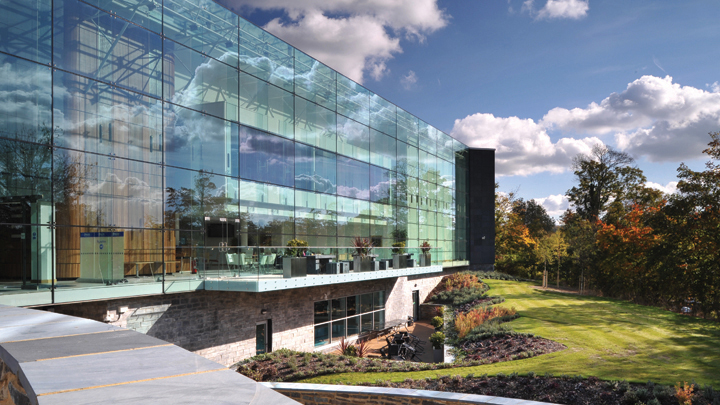The design of police custody suites is vital to both help prevent self-harm by detainees, and protect the welfare of custody officers, the Police Federation of England and Wales’ National Custody Seminar heard today.
Inspector Tony Maggs, one of the leading experts in cell design, said great strides had been made over the past 10-15 years to prevent custody fatalities.
He said: “But now more than ever, with the introduction of new developments like virtual courts, we need to make sure that custody suites are fit for purpose – these buildings will simply need to be able to do more in the future.”
Highlighting the results of a five-year Good Police Custody Study by the University of Sheffield’s Dr Layla Skinns, he revealed that staff in 39 police forces had been quizzed about welfare.
He said: “The study showed that 43% of staff in custody experienced psychological distress, compared with 20% of the general population. Additionally, 33% of custody staff experienced exhaustion or burnout.”
Asked by Dr Skinns to detail which conditions were top priorities for both detainees and staff, he said privacy, particularly in charge rooms, was vital, as well as appropriate safe facilities for children and juveniles.
He added: “Acoustics are important, especially with virtual courts and live link facilities. And there are conversations to be had around TVs in cells. A few years ago people were saying we were bonkers but you have to remember that a lot of people who are arrested lose their sense of time – we take their watches from them.
“There can be a degree of self-loathing, a sense of shame and embarrassment both for themselves and their families, so the custody environment is really important. We need to put operational users and detainees first in the design of custody suites.”
Insp Maggs, from the National Police Estates Group, said new facilities in Hampshire incorporated a glazed atrium, flooding the charge room with light. “We had lost our way in terms of staff, who have to operate in that environment for 10-12 hour shifts – we need to think about their wellbeing.”
He said there were three fundamental criteria when designing a new custody building or refurbishing a suite:
• Space - who will use this space? Is it for staff, is it for detainees? is it for children/vulnerable, people? Is it accessible use, is it mixed use; does it need to be custodial or have anti-ligature measures?
• Place - what will this place be used for? What specifics are needed, are there legal requirements, what level of security is required, should it have natural light, is privacy required? What technology is required, does it need to be of a clinical standard, does it need a sprinkler system?
• Safe - what needs to be done to make this place safe for everybody?
He added: “This is not us being risk-averse. It’s actually about people going home safely at the end of the day – whether they go to prison, whether they actually go back home – or whether it’s a member of staff going home to their families and loved ones at the end of the shift.
“With the Ministry of Justice going through an estates rationalisation with fewer courts, police custody estates will be even more significant in the future with virtualisation of courts and wider digitalisation of the criminal justice process. Any new build or refurbishment of custody estate will become more significant going forward because these buildings will need to do more. “
Insp Maggs was speaking on Day Two of the Custody Seminar, shortly after this year’s Police Federation Pay and Morale survey revealed that custody is seen as the ‘worst job in policing’ as nearly one in four (22.5%) of custody officers wanting to be redeployed away from detention duties as soon as possible.













